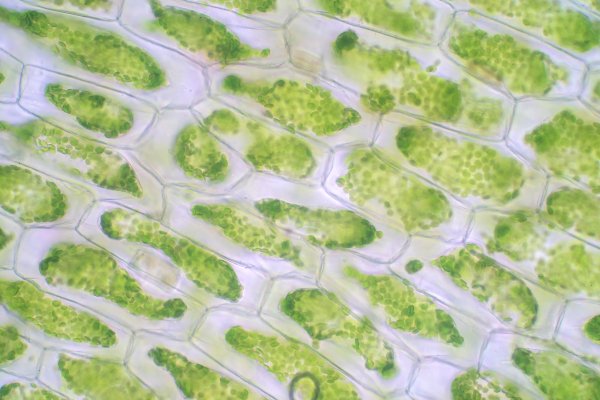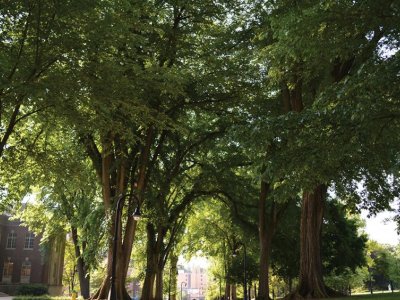Lignin is a major component of plant cell walls and is the primary inhibitor of biomass degradability during biofuel production, but reducing lignin content by genetic manipulation often results in poor plant growth. Here, we apply an alternative strategy, seeking to engineer the nanoscale architecture of plant cell walls by combining synergistic genetic, biochemical, imaging, mechanics, and engineering approaches to understand and control the nanoscale distribution of lignin, such that the resulting plant biomass can potentially be of high yield, be more easily deconstructed for bioenergy production, and/or have new and useful nanomaterial and mechanical properties that will enhance the value of plant feedstocks. We will manipulate the locations of two key enzymes required for lignin deposition, peroxidase and laccase, by tagging them with carbohydrate-binding modules (CBMs) that will target them to specific polysaccharides in the plant cell wall.
Working in the model plant Arabidopsis thaliana (Arabidopsis), we will use click chemistry-based labeling with super-resolution microscopy and electron microscopy to probe lignin localization and cell wall nanostructure. The mechanical properties of cell walls with altered lignin nanolocalization will be probed by atomic force microscopy (AFM) to determine whether altering lignin nanolocalization imbues the cell walls with enhanced physical attributes. Finally, the digestibility of these cell walls will be tested at the lab scale. In this interdisciplinary and collaborative project, manipulating and studying nanoscale lignin localization will illuminate new dimensions of plant biomass for researchers and society.
Researchers
Nicole Brown





